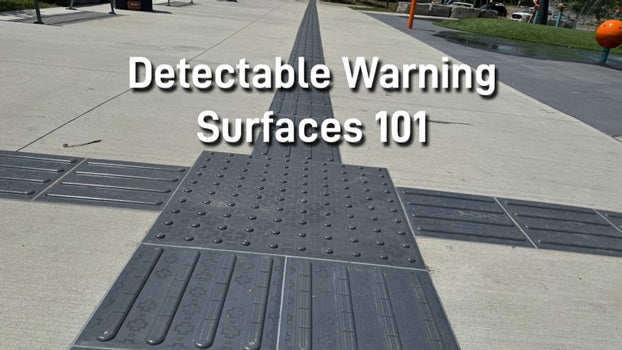Armor Tile Cast In Place Detectable Warning Mat 2' x 4'
FREE SHIPPING
Armor Tile 2' x 4' Cast In Place ADA detectable warning mat.
Detectable warning mats are engineered to provide auditory and tactile underfoot feedback for the visually impaired. Cast In Place detectable warning mats are permanent and placed while concrete is being set. These ground tiles are typically placed on crosswalks, curb ramps, stair landings, parking garages, escalators, and train/bus platforms.
All Armor Tile detectable Cast In Place pads are certified ADA compliant and are available in 5 colors: Federal Yellow, Colonial Red, Safety Red, Black, and Dark Gray

For details on product availability and bulk pricing call us:
(800) 604-5337
Minimum Order = 5 Tiles




















